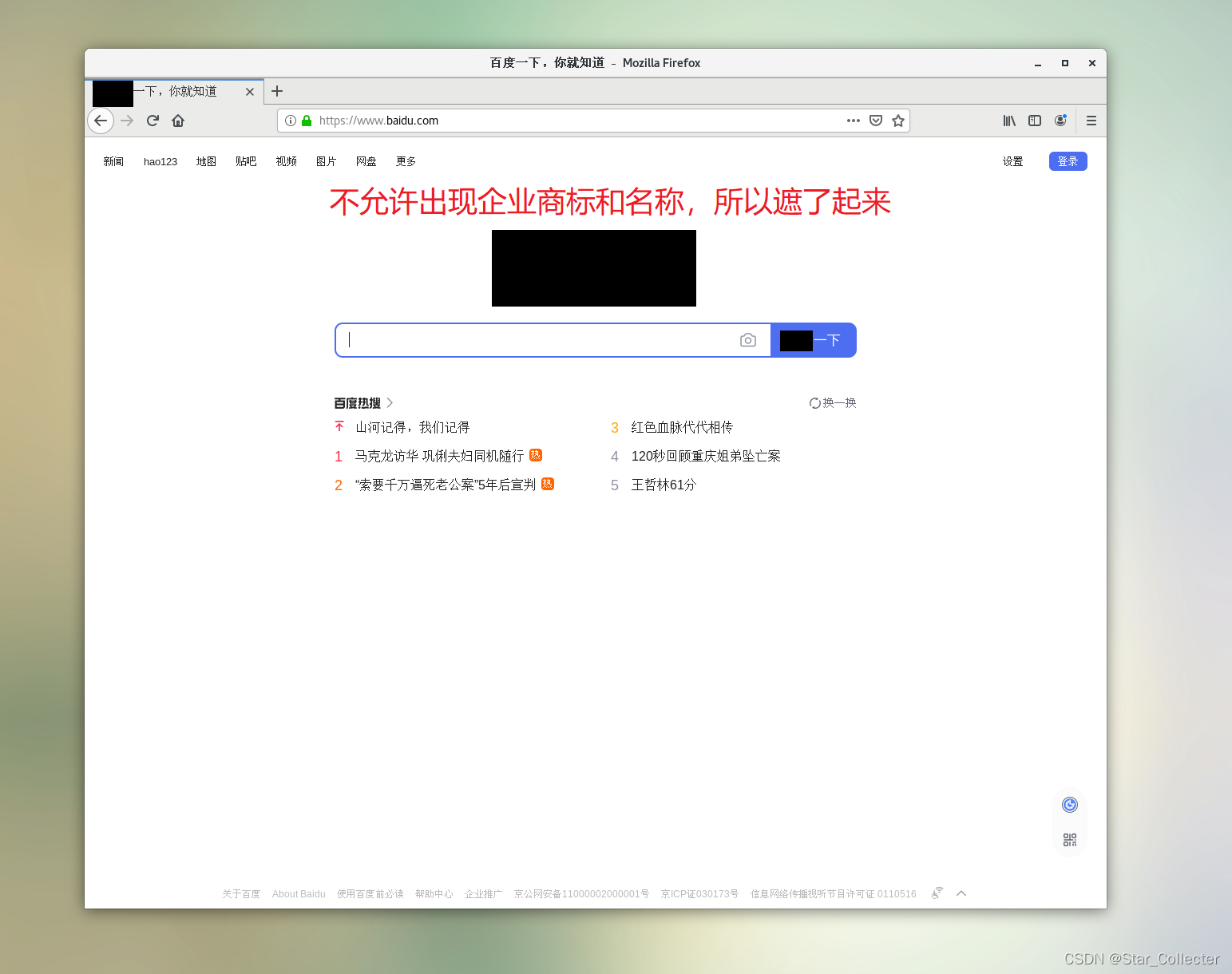1. Install VMware
[Click to jump] VMware download and installation tutorial
2. Download the system image
[Click to jump] Alibaba Cloud Mirror Station
[Click to download directly] CentOS 7.9 mirror
3. Install the virtual machine on VMware
3.1 First open VMware and click to create a new virtual machine

3.2 Select Typical , then click Next

3.3 Choose to install the operating system later
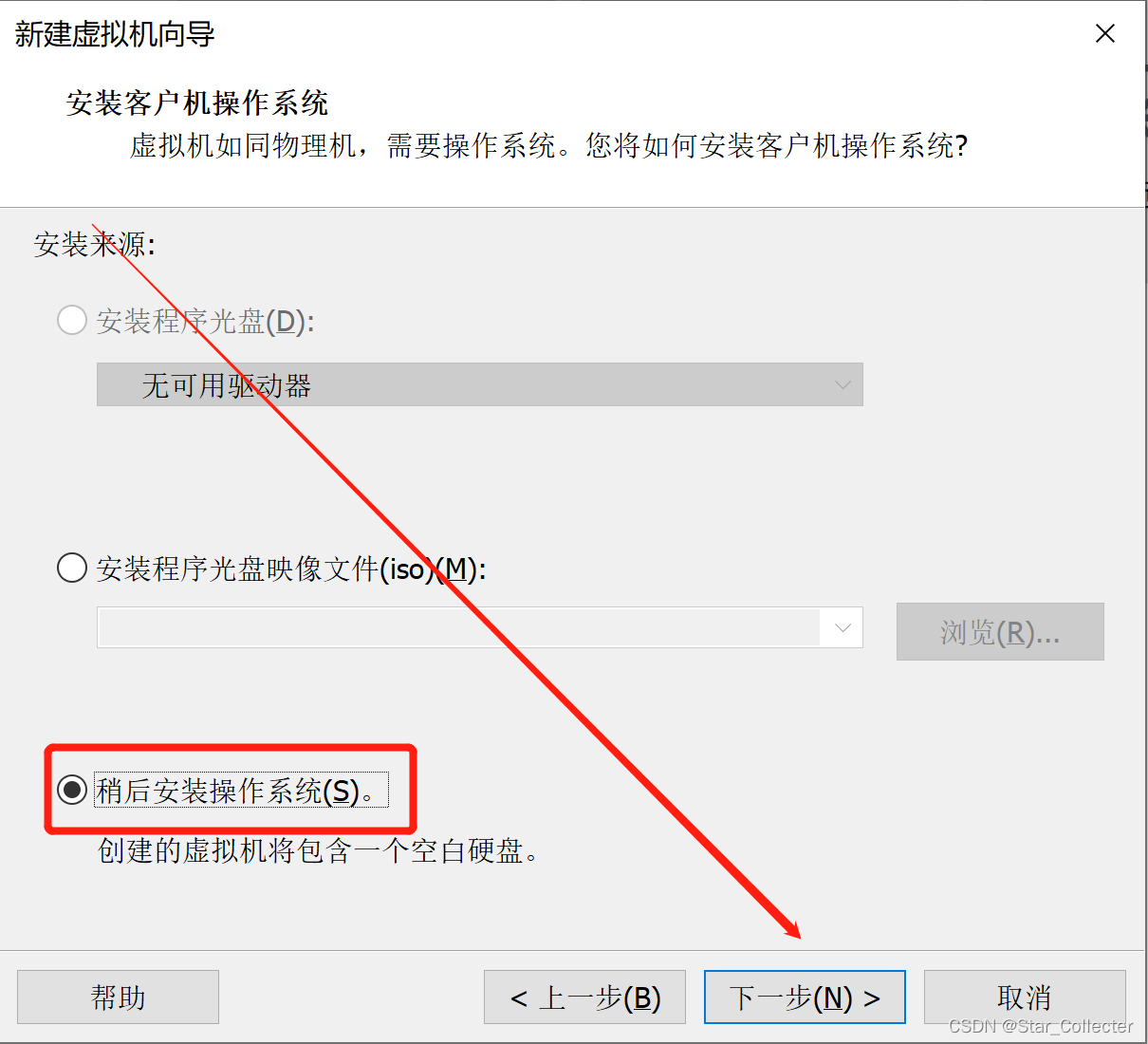
3.4 Choose Linux as the system , and choose the version according to the version you downloaded. I am CentOS 7.9

3.5 Set the name of the virtual machine and select the path where the virtual machine is installed on the computer

3.6 The default disk size is fine, and it can be added at any time if it is not enough (it does not directly take up as much space as the physical machine if you set a large space, but only takes up as much storage space as the physical machine)

3.7 Click Customize Hardware

3.8 Change the number of memory and processors according to personal needs. It is recommended that the minimum memory is 2G, and the number of processors is at least one core and two threads. It doesn’t matter if you don’t modify it. You can modify it at any time later.

3.9 Select the new CD/DVD (IDE) and then select the ISO image (mirror) file , that is, choose the system image you downloaded earlier

3.10 Click Finish

3.11 First click the virtual machine under My Computer , and then click to open this virtual machine

3.12 Just wait for the automatic installation. There will be a 60-second countdown at the beginning, and the installation will start after the countdown ends. Press the Enter key directly to start the installation
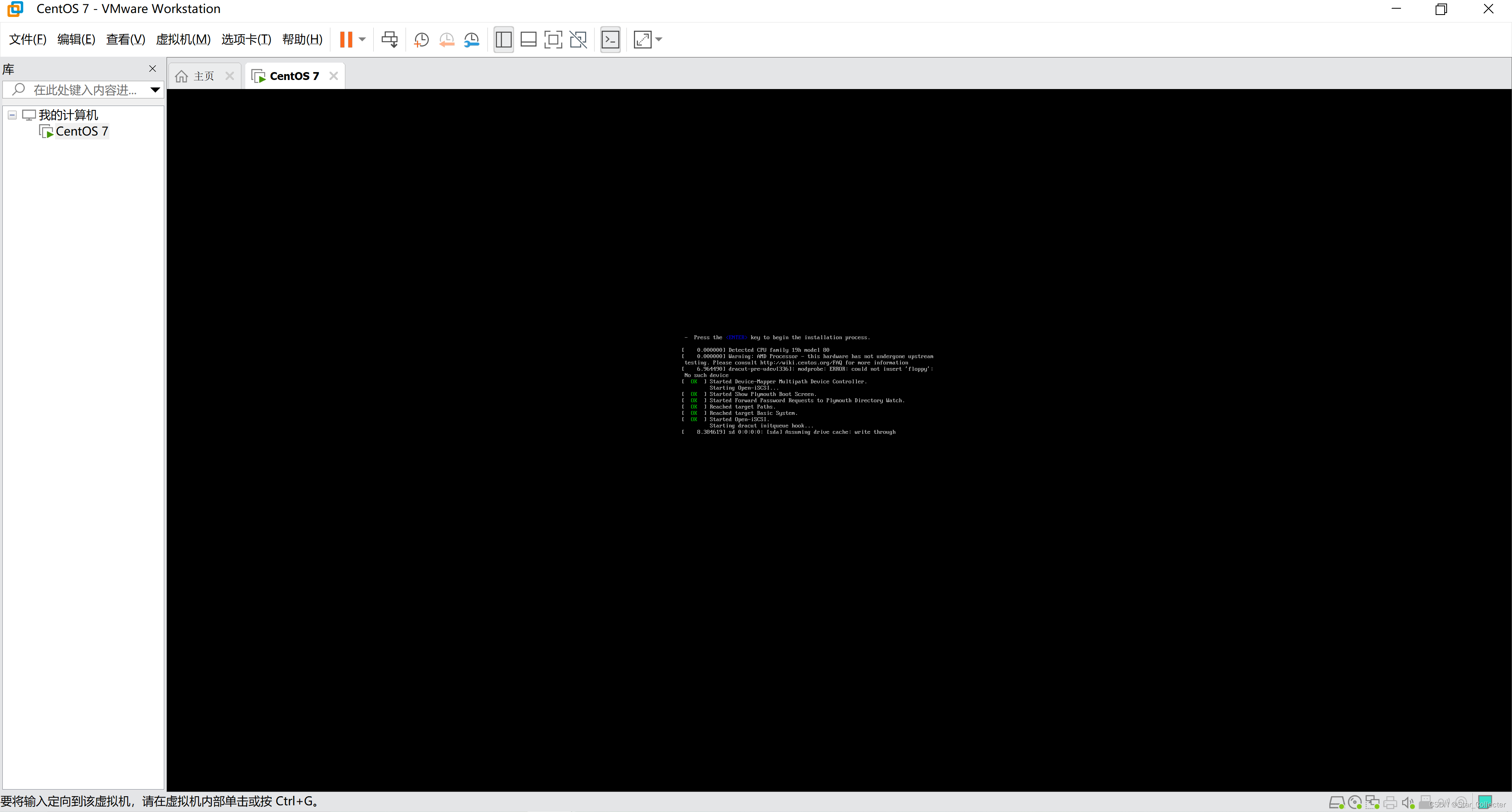
3.13 Pull down to select language

3.14 Click on the installation location

3.15 Just click Finish , and use the default settings

3.16 Click Software Selection
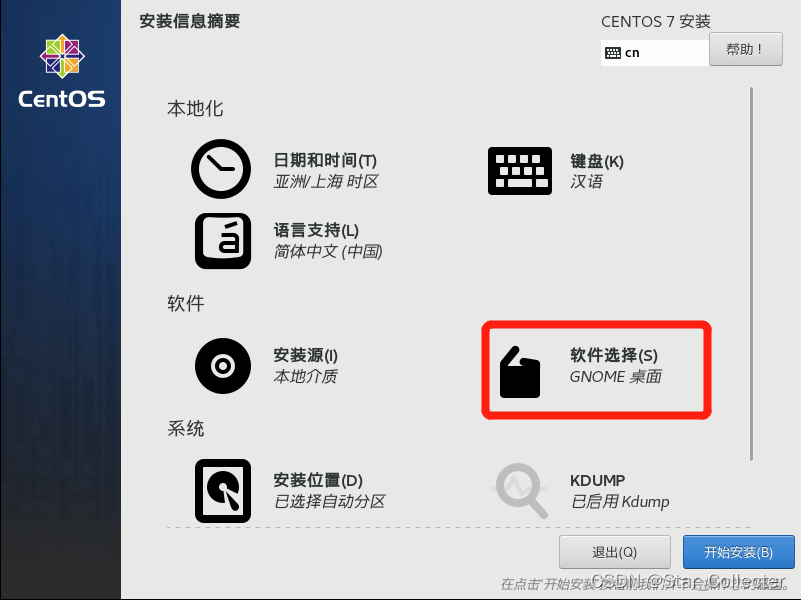 3.17 Select the GNOME desktop (select this to have a visual system operation interface), and then click Finish
3.17 Select the GNOME desktop (select this to have a visual system operation interface), and then click Finish

3.18 Click to start the installation
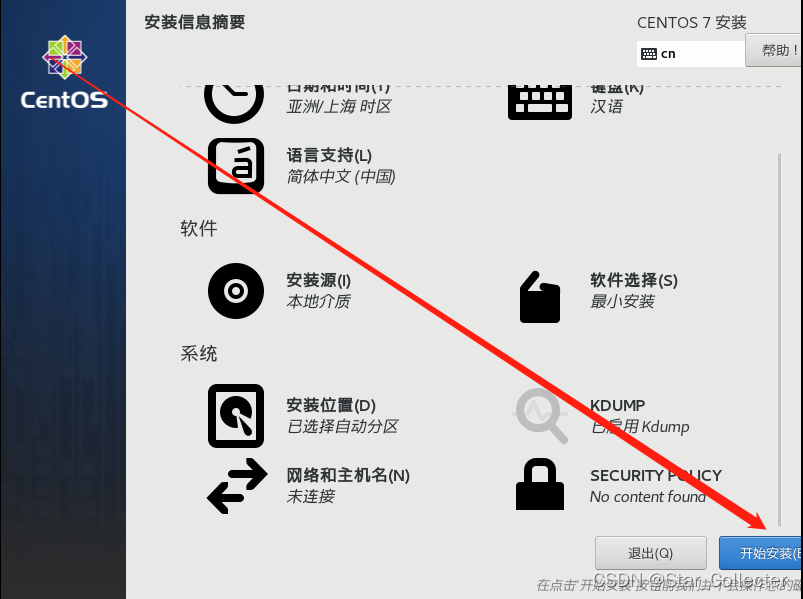
3.19 Click to set ROOT password

3.20 Be sure to remember the ROOT password you set, this is very important , if you forget it, it will be troublesome
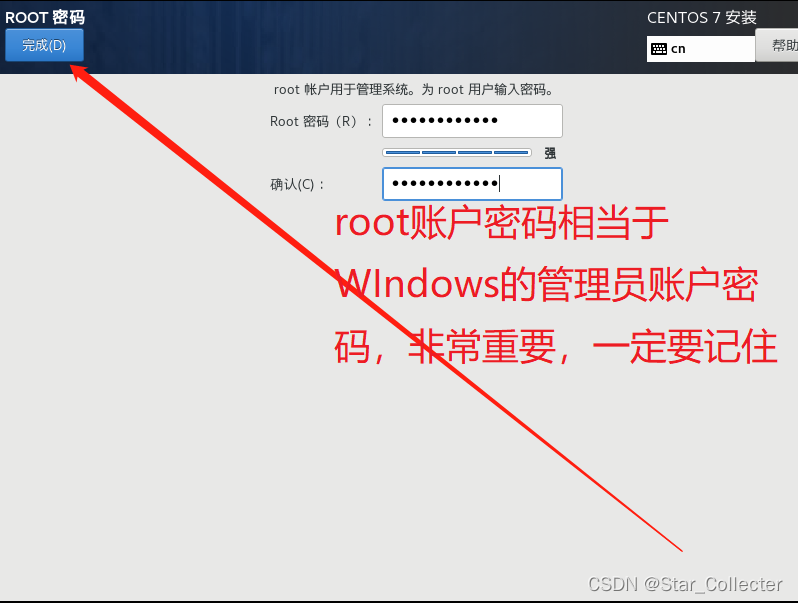
3.21 After the installation is complete, click restart

3.22 Click on LICENSE INFORMATION

3.23 Directly check and agree to the license agreement and click Finish (my computer has a 4K screen, and CentOS cannot be adapted so that the interface ratio is so strange. Don’t think there is a problem with your interface)
 3.24 Click on the bottom right corner to complete the configuration
3.24 Click on the bottom right corner to complete the configuration

3.25 Click directly to advance

3.26 Turn off the location service, it’s okay if you don’t turn it off, then click forward

3.27 Enter shanghai, then select

3.28 After selecting, click the upper right corner to move forward

3.29 Click directly to skip

3.30 Enter full name and username, then click Forward

3.31 Be sure to remember this password , this is the login password you need to use every time you start the CentOS virtual machine

3.32 You can find some software in the upper left corner of the application, open Firefox
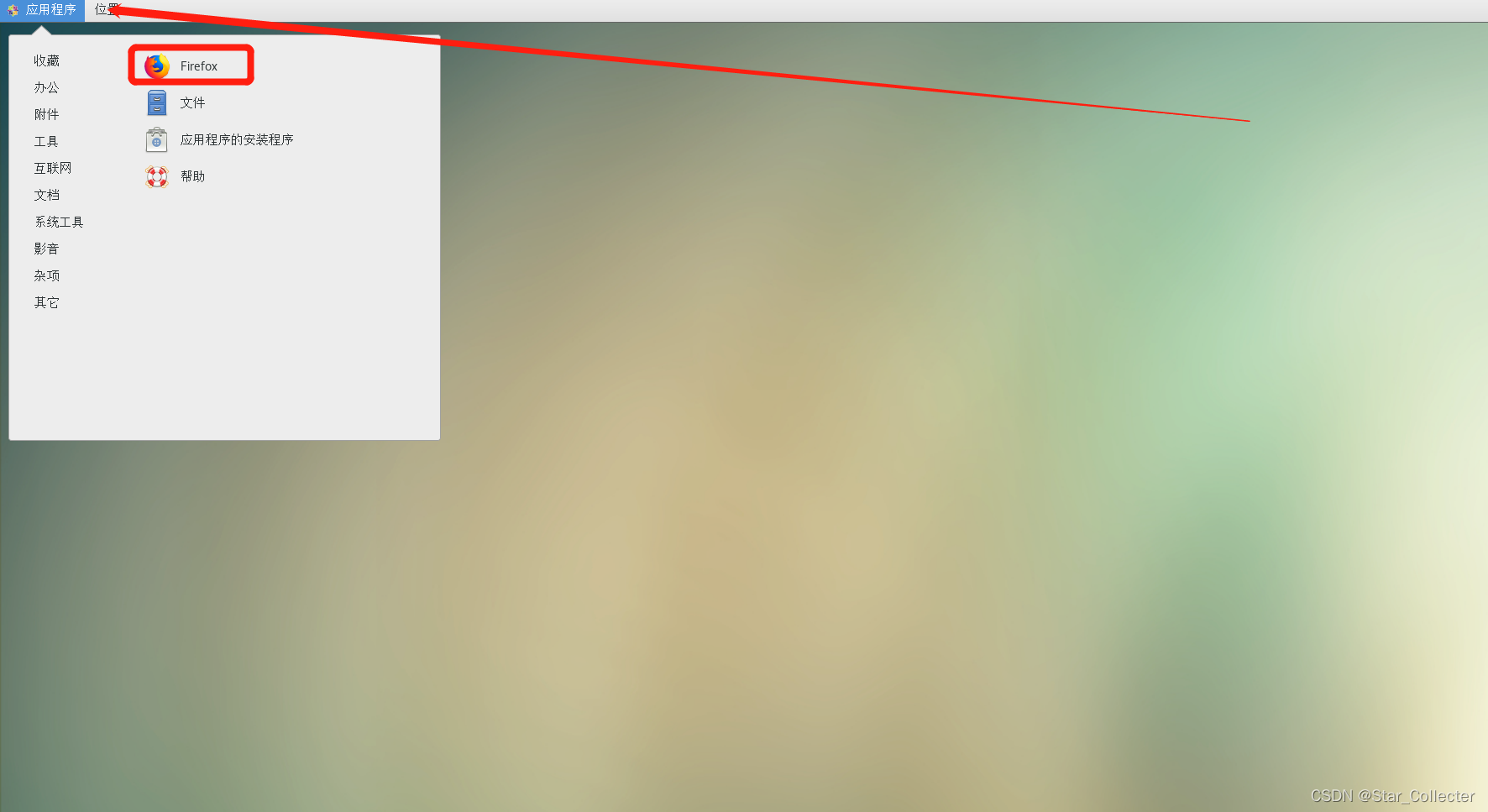
3.33 Tried to access Baidu, but found no network
 3.34 Open the network card settings in the lower right corner of VMware
3.34 Open the network card settings in the lower right corner of VMware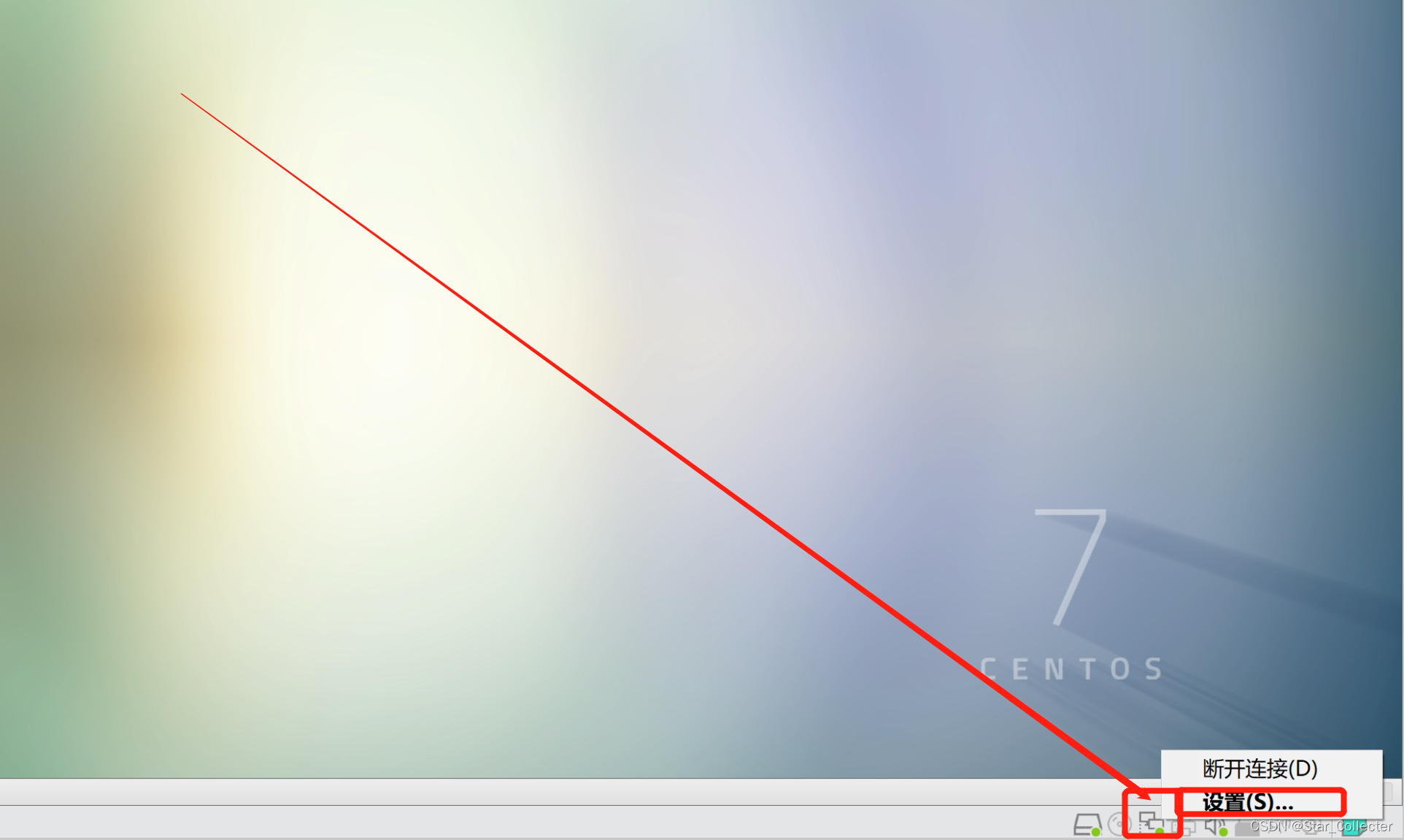
3.35 Click Add 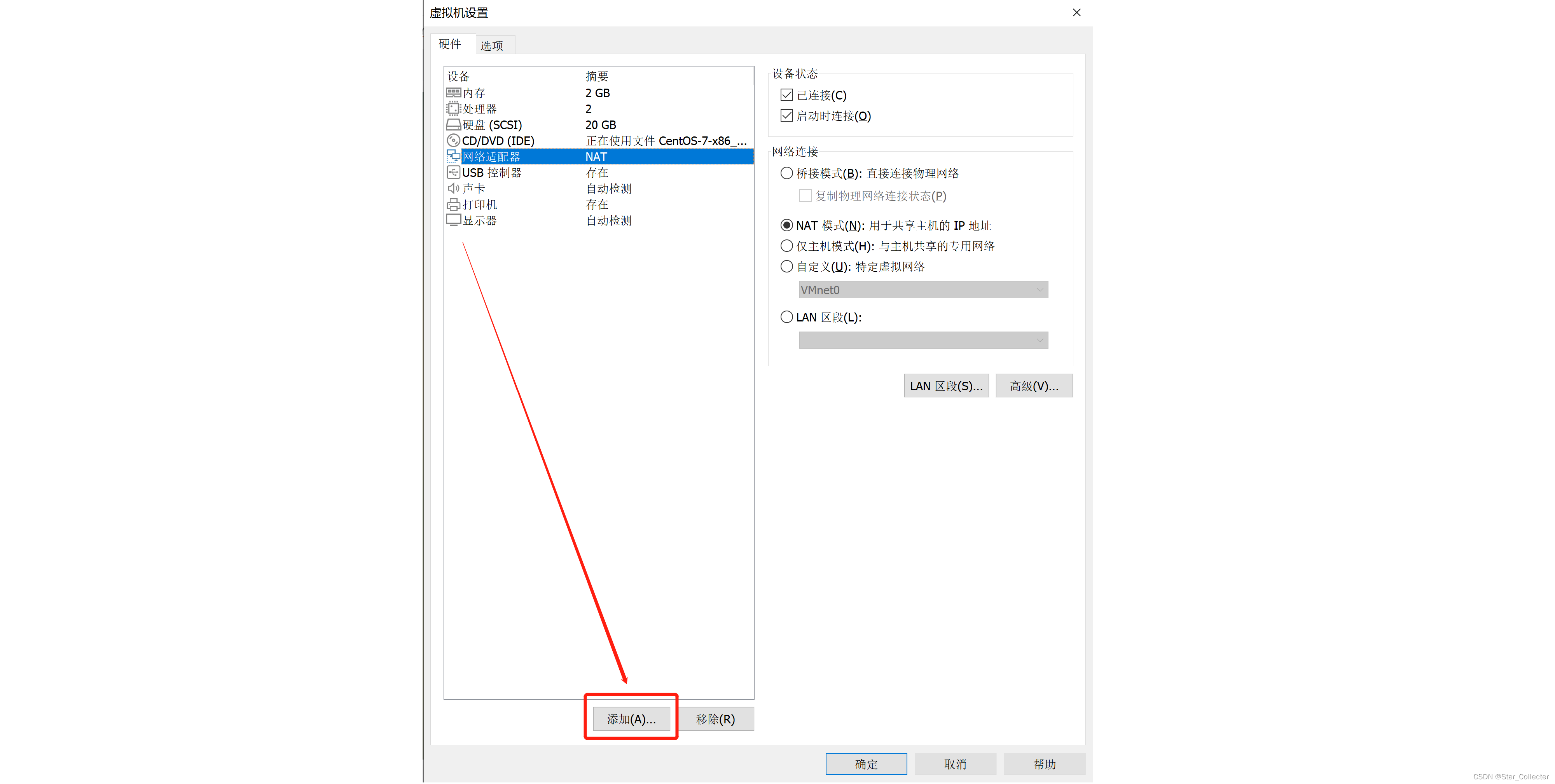
3.36 Select the network adapter and click Finish
 3.37 Click OK
3.37 Click OK 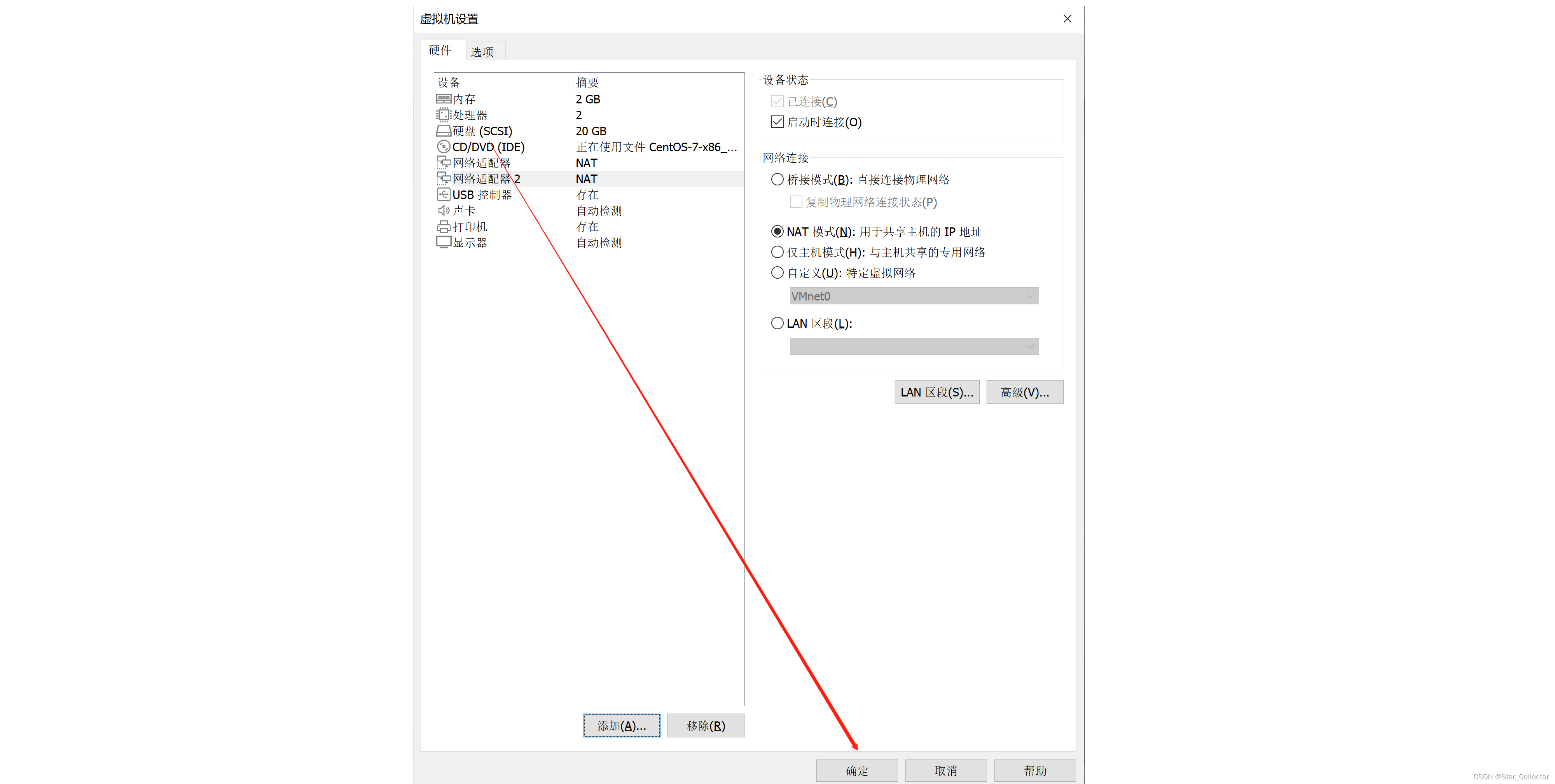
3.38 Tried to access Baidu again, successfully accessed
